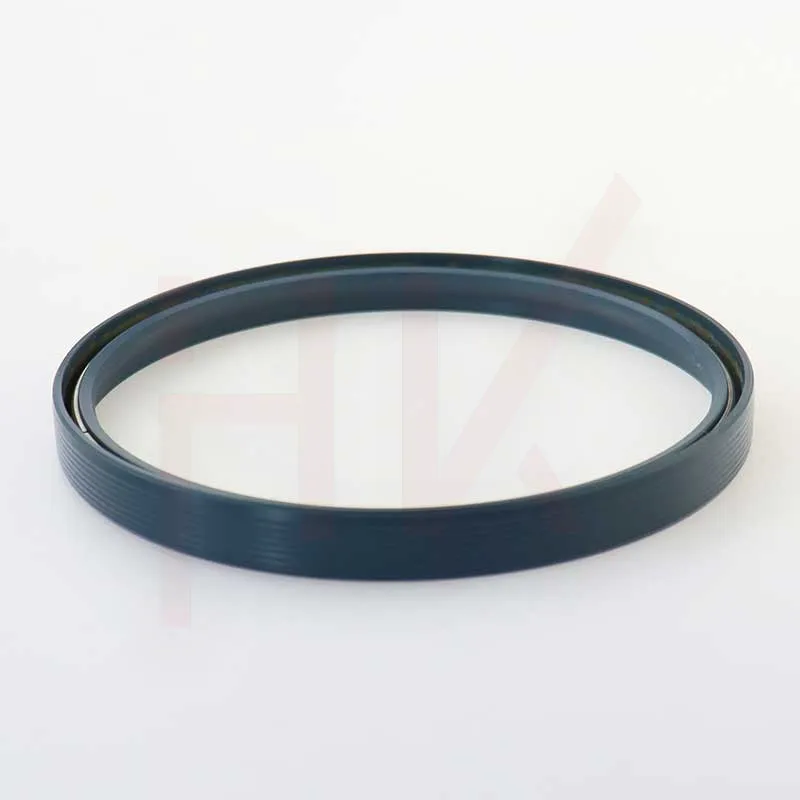Nov . 26, 2024 14:48 Back to list
Effective Solutions for Enhanced Dust Protection and Sealing Techniques
Understanding Dust Proof Sealing Importance and Implementation
In today’s world, where technology is rapidly advancing, the demand for robust and reliable equipment is increasing. One of the critical aspects of ensuring the longevity and functionality of various devices is their ability to resist dust. Dust proof sealing plays a vital role in this regard. This article explores the importance of dust proof sealing, its applications, and the methods used to implement effective sealing solutions.
The Importance of Dust Proof Sealing
Dust can cause significant damage to electronic appliances, machinery, and other sensitive equipment. When dust particles infiltrate a device, they can obstruct moving parts, interfere with electrical contacts, and lead to overheating. This intrusion often results in decreased performance, increased wear and tear, and ultimately, equipment failure. Thus, effective dust proof sealing is essential for enhancing the durability of various products, particularly in industries such as automotive, aerospace, and consumer electronics.
Moreover, dust proof sealing can contribute to safety features in machinery. For instance, in environments where flammable materials are present, the accumulation of dust can pose fire hazards. Proper sealing can help mitigate these risks, ensuring a safer operational environment. Additionally, maintaining clean and dust-free conditions can lead to improved product quality, especially in manufacturing settings where contamination can affect output.
Applications of Dust Proof Sealing
Dust proof sealing can be found in a multitude of applications. In consumer electronics, smartphones and tablets often feature dust resistant ratings, such as IP67 or IP68, indicating that they are capable of withstanding dust ingress. This enhances user experience and extends the product's lifespan, making it appealing to consumers.
In industrial settings, machinery, and equipment undergo rigorous operations, often in dusty environments. Dust proof sealing plays a crucial role in protecting these machines, ensuring they operate efficiently. For example, in construction sites, heavy equipment is frequently exposed to fine dust particles that can damage sensitive components. Utilizing efficient seal designs can prevent dust from entering critical areas, thereby extending maintenance intervals and reducing operational costs.
Automotive industries also utilize dust proof seals in the production of vehicles. Components such as air filters, engines, and electrical systems are safeguarded against dust ingress through various sealing techniques. This not only enhances the performance and longevity of the vehicle but also ensures compliance with environmental regulations.
dust proof sealing

Methods of Implementing Dust Proof Sealing
Several methods and materials are employed to achieve effective dust proof sealing. Here are some common techniques
1. Gasket Sealing Gaskets made from rubber, silicone, or foam can be used to create a seal between two surfaces. These materials are chosen for their flexibility and ability to compress, allowing them to conform to the surfaces they are sealing.
2. Molded Seals Molded seals are designed for specific applications and can be tailored to fit complex shapes. These seals are often used in automotive and aerospace industries to ensure a tight fit that prevents dust ingress.
3. Coatings Protective coatings, such as silicone-based or polyurethane coatings, can be applied to surfaces to create a dust-resistant barrier. These coatings can repel dust and make cleaning easier, reducing the potential for buildup.
4. O-Rings O-rings are circular seals made from elastomeric materials. They are widely used in hydraulic and pneumatic applications to prevent dust and fluids from entering critical areas.
5. Ventilation Systems In some scenarios, implementing controlled ventilation can help maintain a dust-free environment. Using filters in ventilation systems ensures that dust particles are trapped before they can enter sensitive areas of equipment.
Conclusion
Dust proof sealing is an essential component in the design and maintenance of various types of equipment across multiple industries. By preventing dust ingress, manufacturers can enhance the performance, safety, and longevity of their products. As technology continues to evolve, the need for effective dust proofing solutions will grow. Companies that invest in quality dust proof sealing techniques will not only protect their products but also ensure customer satisfaction and operational efficiency. As dust continues to pose challenges in various environments, the pursuit of innovative sealing solutions remains a critical focus for manufacturers worldwide.
-
TCN Oil Seal Metal Ring Reinforcement for Heavy Machinery
NewsJul.25,2025
-
Rotary Lip Seal Spring-Loaded Design for High-Speed Applications
NewsJul.25,2025
-
Hydraulic Cylinder Seals Polyurethane Material for High-Impact Jobs
NewsJul.25,2025
-
High Pressure Oil Seal Polyurethane Coating Wear Resistance
NewsJul.25,2025
-
Dust Proof Seal Double Lip Design for Construction Equipment
NewsJul.25,2025
-
Hub Seal Polyurethane Wear Resistance in Agricultural Vehicles
NewsJul.25,2025
-
The Trans-formative Journey of Wheel Hub Oil Seals
NewsJun.06,2025
Products categories
















